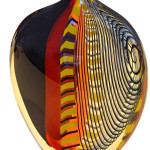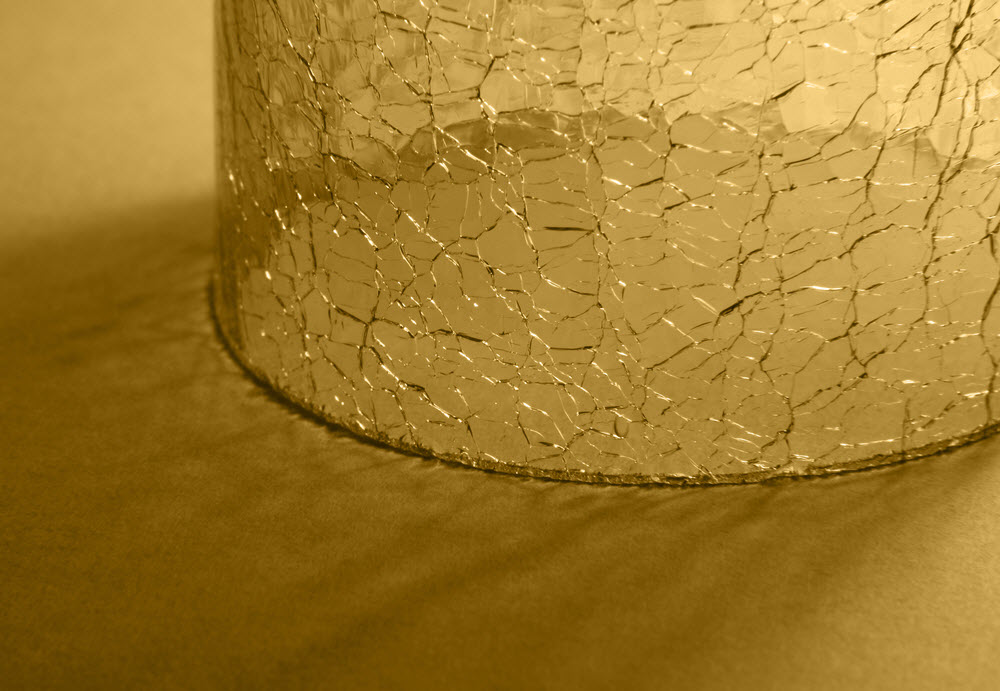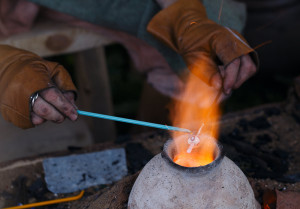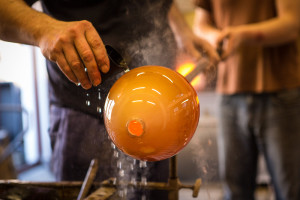If you have ever visited or simply searched Venice online, there’s probably little doubt you’ve seen the famous Venetian glass masterpieces that fill store fronts, vendors’ carts, and decorate various homes and hotels. Murano glass blowing is a revived fad of that is making its rounds across social media, most likely due to the revival of artisan crafts.
Videos upon videos, like the one below, of people ranging from amateurs blowing glass in small studios to master craftsmen creating exquisite pieces of art, are blowing (pun intended) up news feeds all over the world. It is no surprise that glass blowing once again is gaining immense popularity because well…it’s totally awesome, I mean, who wouldn’t be fascinated with a beautiful work of art emerging from a dull blob of meh, almost like a phoenix rising from a pile of ashes!
While current glass blowing, especially glass blowing from Murano, is fascinating to people all over the world, the human mind can’t help but be curious as to the who, what, where, when, why, and how of glass blowing. Who can claim to be the creator of glassblowing in Murano? Where did they gain inspiration from? What or who sparked the beginning of the glassblowing era? Why did glassblowing become such a prized and accomplished form of art?
How Old Is the Art of Glass Blowing in Venice?
What may surprise some, is that Venetian glass blowing dates as far back as the 8th century when Romans used the knowledge of molded glass they gained from the Byzantine Empire and the Orient to illuminated bathhouses. Up until the 1960s, many were unsure when glass blowing originated and often believed it wasn’t until the 1200s that glassblowing became a known trade. However, in 1960 archaeologists yelled “plot twist” at glass blowing history when they discovered a furnace for glass on a Venetian island dating to the 8th century AD. So, not only did the Romans take the gold medal when it came to engineering advancements, but also hold a place of honor within the ancient world of glass blowing.
For those who believed Murano glass blowing became a known trade in the 1200s, don’t feel too put out. It was the 1200s that Venetian glass blowing became the city’s major industry with the formation of the Glassmakers Guild which set the rules and regulations for the glass craftsmen. Because of this guild, the manufacturing of Venetian glass was moved permanently to Murano (1291) and became the must have art of nobility due to its exclusivity. Go Murano, right? Mastering the glass world from day one!
Clear Glass Making and Mirror Making
When you’re getting ready for the day what’s the one thing you always make sure to do before leaving the house? Check yourself out in a mirror, of course! Well, hold on to your hats folks, this upcoming fun fact might just blow you away (I know, I know this pun is probably getting old). In the 15th century, glass blowing began to reach its popularity peak when Angelo Barovier discovered how to produce clear glass aka mirrors. This, in turn, led to Murano glassmakers being the only producers of mirrors in Europe.

The popularity of not just Murano mirrors, but all Murano glass pieces continued to soar well into the 16th century as well. Techniques from the Middle East such as enameling and gilding glass as well as ice glass, filigrana glass, which is created by using glass rods with threads of white, golden, or colored glass that twist around each other began to be produced in mass amounts as European nobility demanded more and more of the uniquely elite masterpieces.

However, in the following centuries, Murano glassblowing hopped onto a long rollercoaster ride of ups and downs. The introduction of new techniques and competitors in Bohemia and France in the early 18th century quickly began to gain popularity causing a decline in demand for Murano glassware while the complete capture of Venice by Napoleon in 1814 caused the industry to disappear almost completely. Nevertheless, Murano glassware rose again with a new and ingenious purpose. Begun by the Toso Brothers and Antonio Salviati, Murano craftsmen began to go back to their roots and revived techniques used to create traditional Murano glass. Because of this strategy, Murano glassware and craftsmen once again, and still to this day, gained immense popularity and exclusivity.


Pretty neat history, isn’t it? Who would’ve thought a craft that’s so popular and mesmerizing today has a history so full of plot twists? So, if you ever find yourself scrolling through the internet and see videos of glass blowing, I suggest you yell ‘Plot twist’ on your life and go experience Murano Glass Blowing in person with our Venice Islands Private Tour You definitely won’t regret it!


entire seize of Venice through Napoleon in 1814 prompted the industry to vanish nearly absolutely. nonetheless, Murano glassware rose again with a brand new and creative purpose
Nice post on the “Venetian glass blowing dates as far back as the 8th century when Romans used the knowledge of moulded glass they gained from the Byzantine Empire and the Orient to illuminated bathhouses. “
In my opinion, this old tradition of glass making is what makes Murano Glass one of a kind. Many ups and down along the road helped to create this unique art of glassmaking! I fall in love all over again each time I visit Murano.